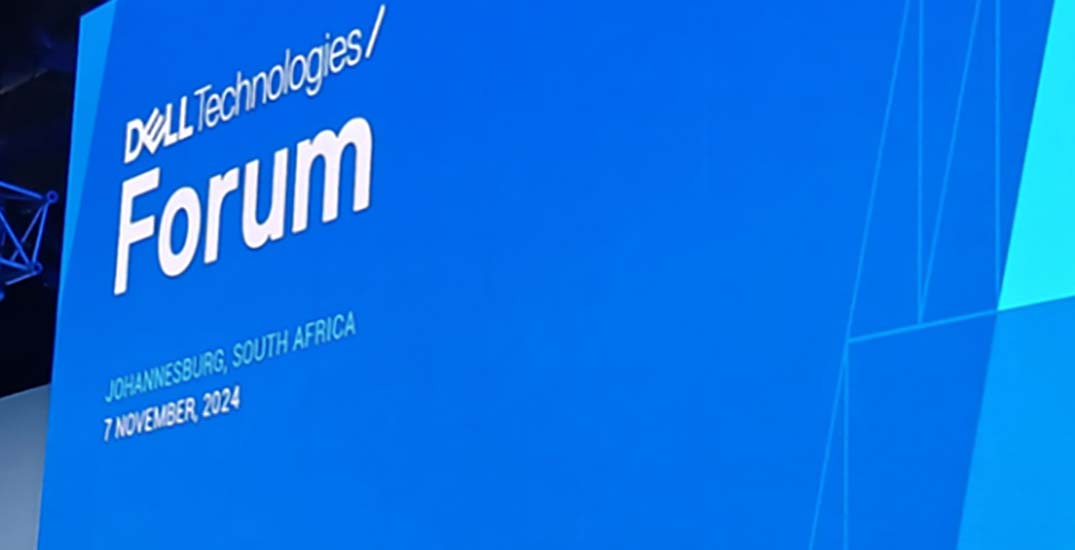Kathy Gibson reports – Companies around the world are starting to measure artificial intelligence (AI) projects against real return on investment (ROI).
Todd Lieb, vice-president: cloud partnerships at Dell Technologies, explains that AI is accelerating the pace of business – and companies should aim to accelerate AI adoption as a result.
For businesses, data is the differentiator, says Lieb: 50% of data is currently on the edge, and 83% of it is on-premise. “So you already have a ton of data that is yours,” he says. “The implications of that is that you have to bring the AI to your data.”
This means businesses are going to have to rightsize their IT to make it possible to work with data where it resides.
“You have to start somewhere and grow it,” Lieb adds. “So start small, see if it works and then scale it.”
This complex world requires that organisations employ an open ecosystem, Lieb says. “You have to be ready for change, and ensure you have a choice later.”
At the same time, we have to pay attention to sustainability and security, Lieb adds.
“The question is how do I structure a process whereby I can have an idea and build it? Dell is applying a factory model to AI: Dell AI Factory delivers all the puzzle pieces that are needed to enable an outcome.”
Lieb says a lot of organisations are using public cloud ecosystems to develop and experiment with their AI deployments.
“But remember, 85% of your data is on-premise, so organisations are looking to deploy solutions in-house.”
The starting point for creating applications actually starts with the end result, Lieb says. So the first step is to define the use cases, be they content creation, code generation, digital assistants, digital twins or computer vision.
The second component is the data, which is the fuel for the factory. “You need to find it, you need to clean it, you need to connect it, and you need to control it. All of that is really hard.
“But, at the better the day, the better your AI model.”
Infrastructure is key, and what is deployed for AI is ging to be very different to what we use for other applications, Lieb says.
From a storage point of view, it has to be able to deal with unstructured storage, that is able to feed the GPU, connecting via Infiniband and Ethernet.
“So as you focus on the compute – don’t forget the storage.”
At the same time, high-performing compute is essential, Lieb adds. Nvidia is the GPU leader today, but it’s an arms race that could change, so Dell builds in options for customers to use whichever silicon is best for them.
Cooling technology is also changing quickly, which is why Dell offers liquid cooling in its systems too.
Client computing is going to be a big growth area: Windows 10 will go end-of-life in October 2025, and organisations will need new client PCs that can work with Windows 11 and Copilot.
When it comes to developing AI applications, Dell works with all of the major vendors and service providers .
The last piece in the AI proposition is services, ensuring businesses get all the help they need from strategising and building their applications to operating and updating.

